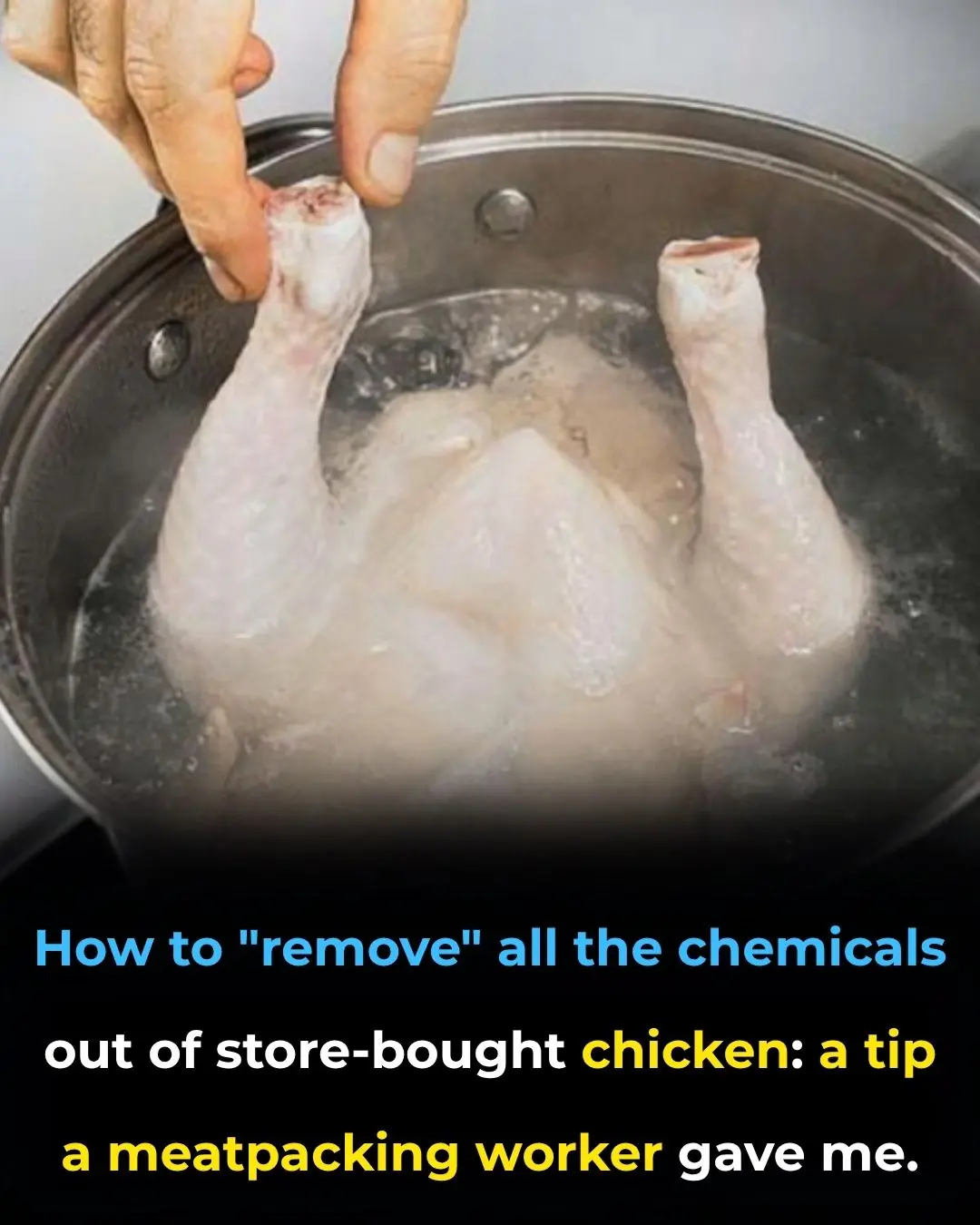
Phone got wet, burying it in a rice barrel only damaged it a little, smart people do it this way
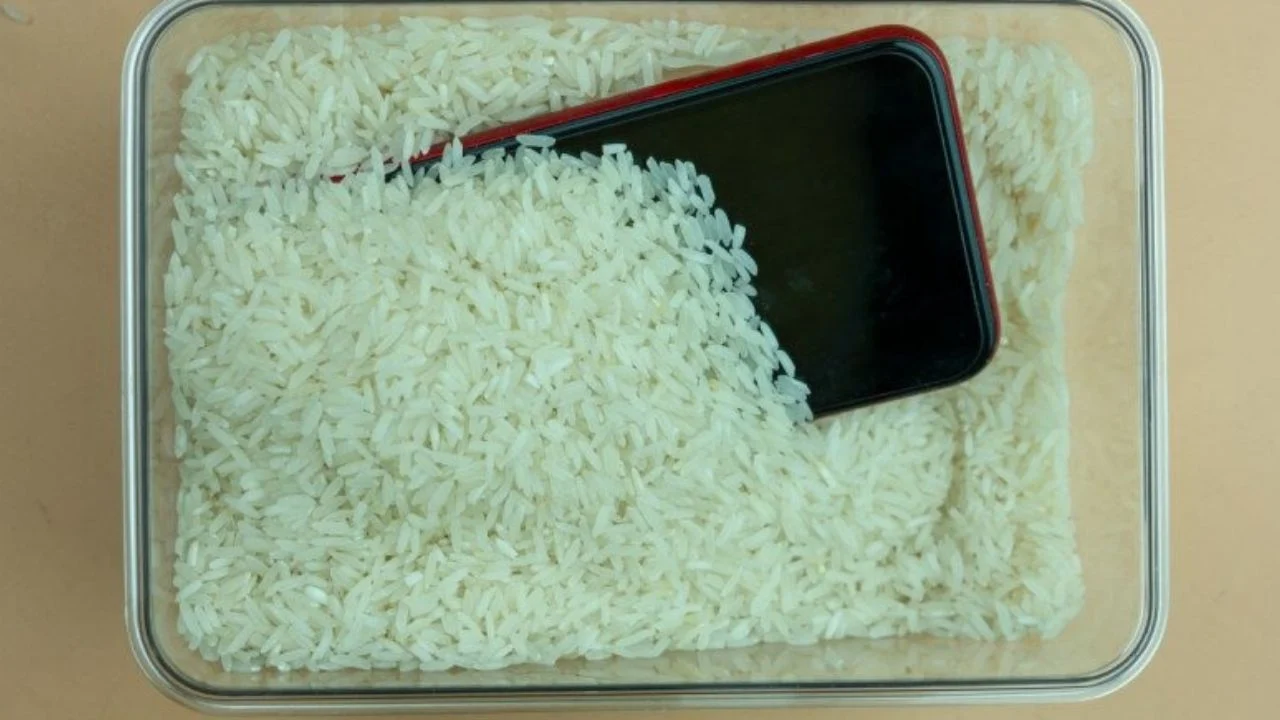
Why Burying a Wet Phone in a Rice Container Doesn’t Actually Work
Many people believe that placing a water-damaged phone into a container of rice will magically draw out the moisture. While rice is known for its moisture-absorbing properties, using it to “rescue” a soaked phone is actually a widespread misconception. No matter how careful we are, accidents still happen — a slip of the hand, a sudden rain shower, or a moment of carelessness can cause water to seep into the device. Once moisture gets inside, your phone may experience touchscreen malfunctions, distorted audio, SIM card errors, or in more serious cases, complete power failure.
Because of panic and habit, many instinctively toss their wet phone into a box of rice as a quick fix, hoping to prevent further damage. This method has become almost a cultural ritual. However, in reality, it is ineffective and can even create additional problems for the device.
Why You Shouldn’t Put Your Wet Phone in Rice
Despite rice’s ability to absorb moisture, studies — including those from institutions like the University of Colorado — have shown that rice is not an effective method for drying out a wet phone. In fact, placing your phone in rice can introduce new risks.
The tiny grains and dust particles from the rice can easily slip into the device’s openings, such as the charging port, speaker grill, headphone jack, or other ventilation gaps. Once inside, they can clog these components or cause mechanical blockages that are difficult to clean out. Removing these particles may require professional tools and can be time-consuming, and in some cases, the debris cannot be completely removed, potentially leading to further hardware damage.
Moreover, while rice may absorb some external moisture, it does not effectively remove trapped internal moisture — where the real danger lies. Water inside the phone can continue to cause corrosion, short circuits, and long-term damage, even if the device seems to “revive” temporarily.
Many experts now classify the rice method as outdated and potentially harmful, suggesting safer and more reliable alternatives.
What You Should Do When Your Phone Gets Wet
If your phone comes into contact with water, your actions in the first few minutes are crucial:
1. Turn off the device immediately
If the phone is still powered on, water combined with electrical current can damage internal circuits. Unplug the charger if it is connected.
2. Remove accessories and components
Take off the phone case, remove the SIM card, memory card (if available), and gently pat them dry with a soft cloth or paper towel. Avoid rubbing too hard, as this may push water deeper inside the device.
3. Let gravity help
Hold the phone with the charging port facing downward and lightly shake or tap it so the water can drain out. This helps remove excess moisture before it reaches sensitive components.
4. Let the phone air-dry naturally
Place the phone in a dry, well-ventilated environment. Avoid using a hairdryer or placing it under direct sunlight — excessive heat can warp internal components or damage the battery.
5. Use silica gel packets if available
Silica gel (the small desiccant packets often found in shoe or electronics boxes) absorbs moisture far more effectively than rice. Place the phone in an airtight container with several packets for better results.
6. Seek professional support when needed
If the phone was submerged for an extended period — especially in a swimming pool or seawater — or if it still shows signs of malfunction after drying, take it to a professional technician. Saltwater and chlorine are particularly corrosive and require thorough cleaning using specialized tools.
For future protection, consider using waterproof pouches when swimming, going to the beach, or walking in the rain. Prevention is always easier — and cheaper — than repair.
News in the same category


When choosing a balut egg, just look at one point to know if it is old or young, no fear of buying the wrong one.

Pork fed growth hormones and containing lean meat additives often has this sign. You just need to be observant when going to the market to see it.

Tips for hair care with corn, extremely effective in preventing hair loss, new hair grows abundantly
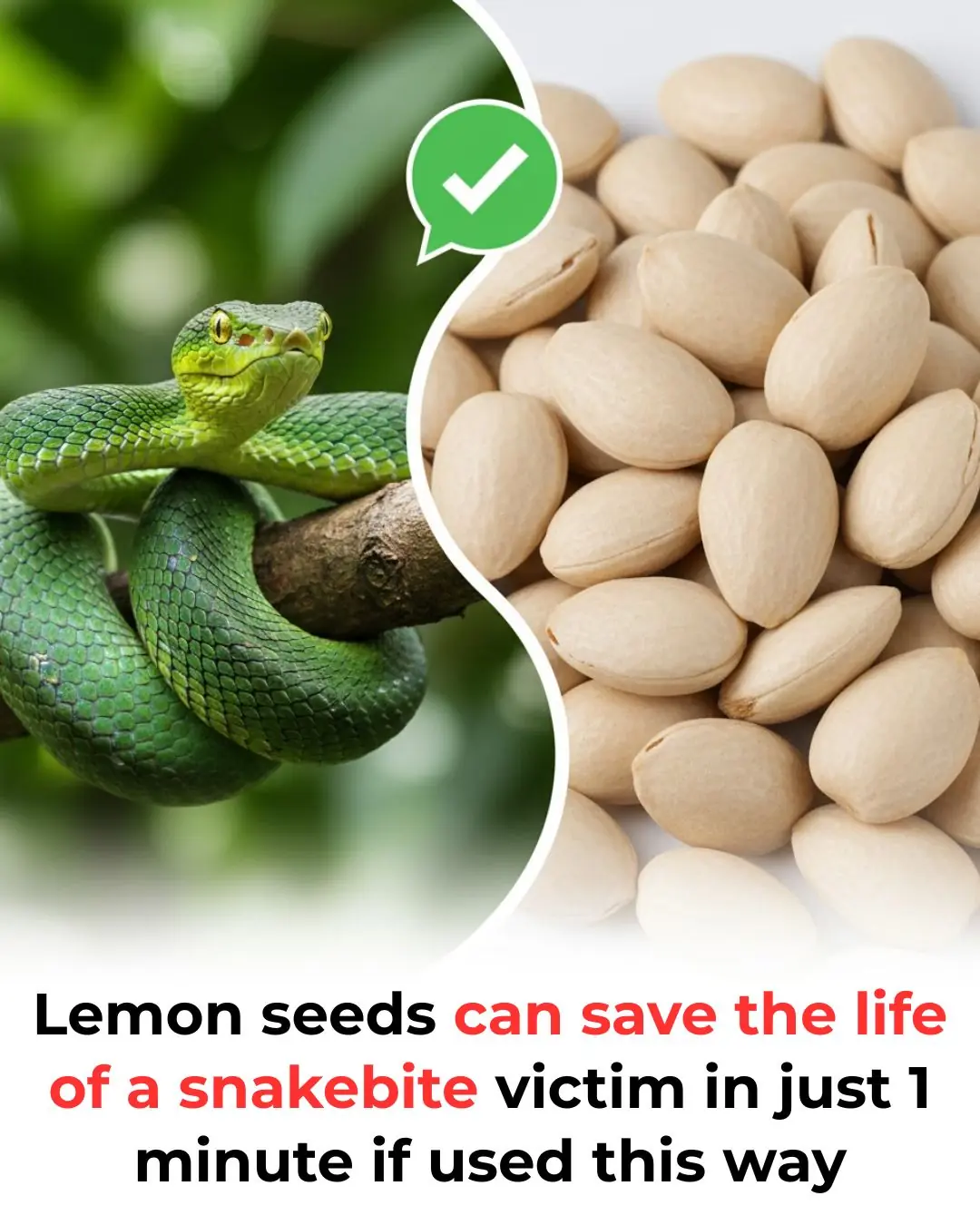
Lemon seeds can save the life of a snakebite victim in just 1 minute if used this way

Tips to preserve moon cakes for half a year, keep them from getting hard when eaten

Great tips to help your flowers and ornamental plants, no matter how wilted, become fresh again in just a few days

No need for chemicals, get rid of flies in your house with spices in the kitchen
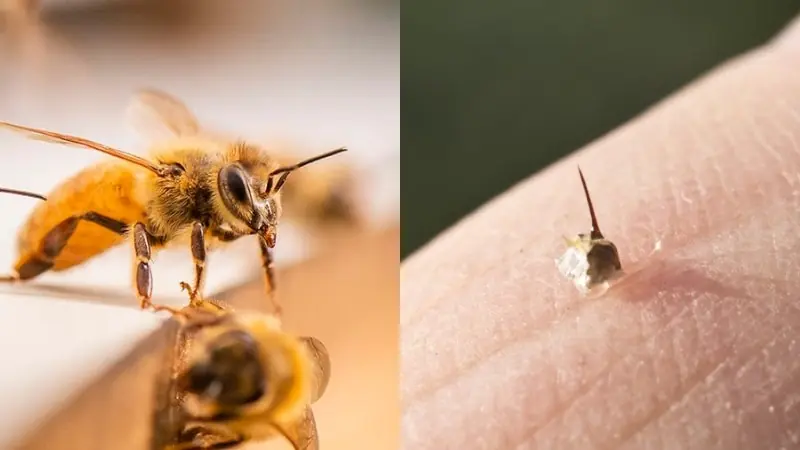
A Simple 1-Minute Trick to Soothe Bee Stings – My Dad’s Easy Home Remedy (Scientifically Explained)
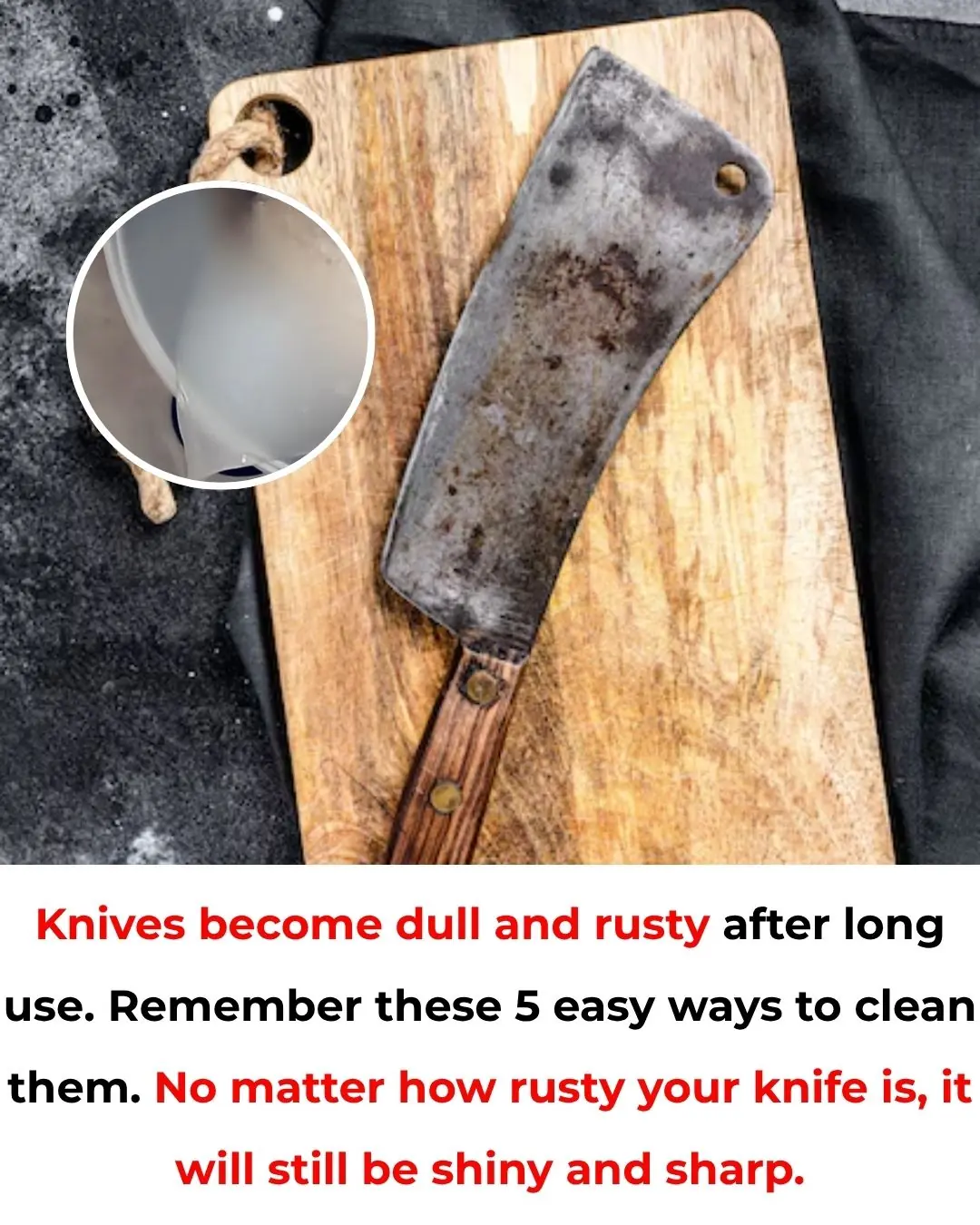
5 Simple Ways to Remove Rust from Knives – Make Your Dull, Rusty Knife Shiny and Sharp Again
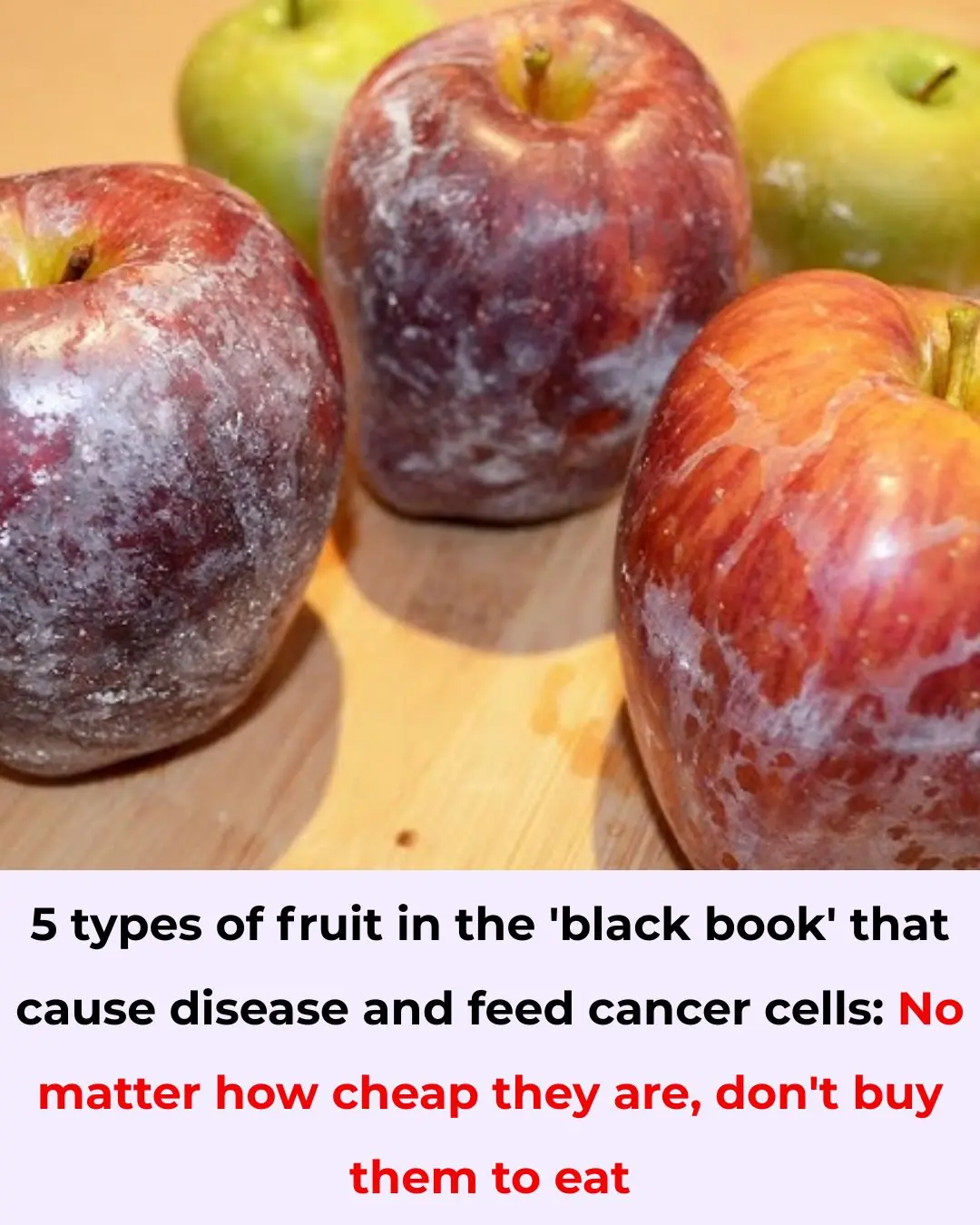
5 Fruits on the ‘Blacklist’ That Can Cause Cancer – Avoid Buying Even If Cheap
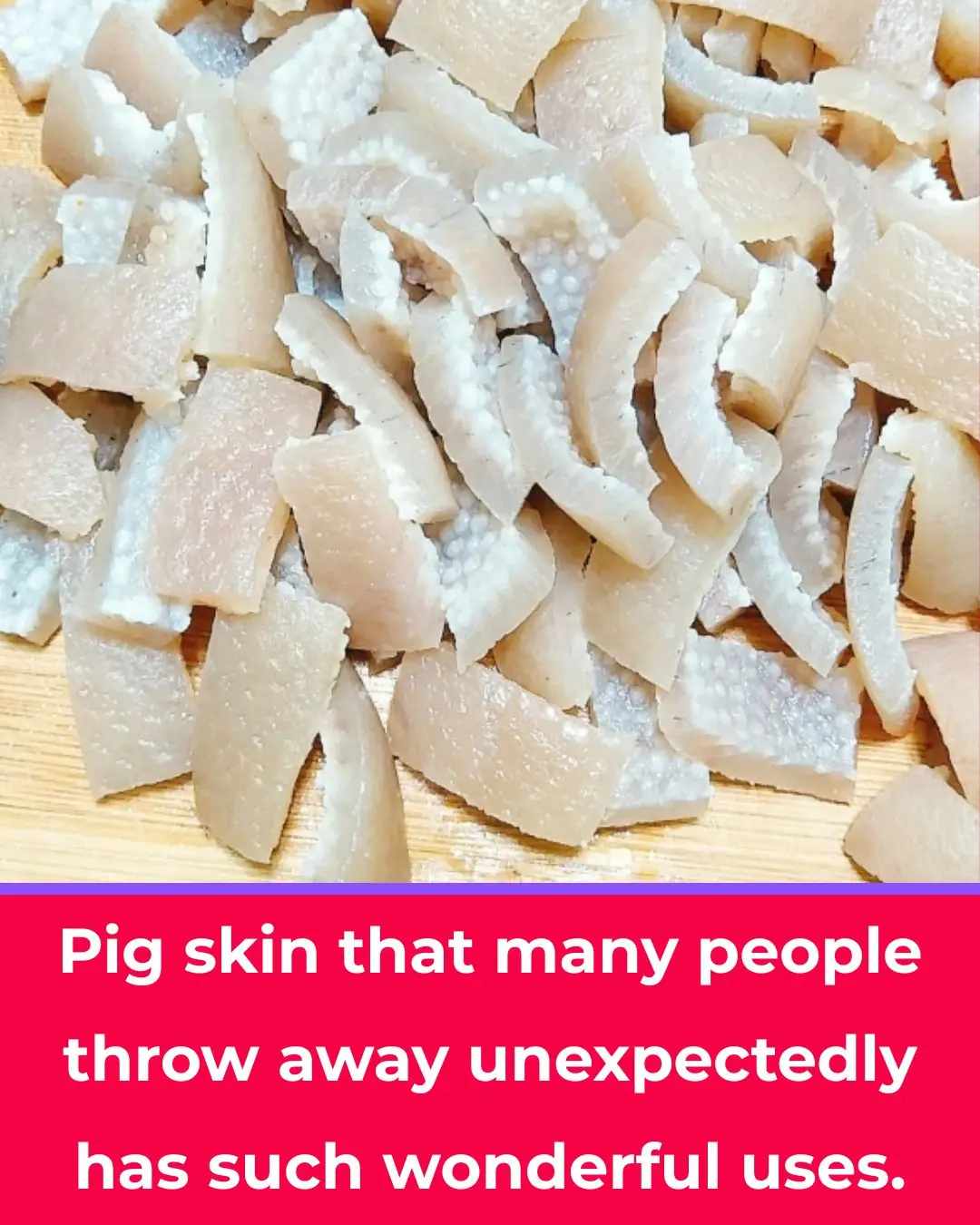
Pork Skin – The Often Overlooked Superfood
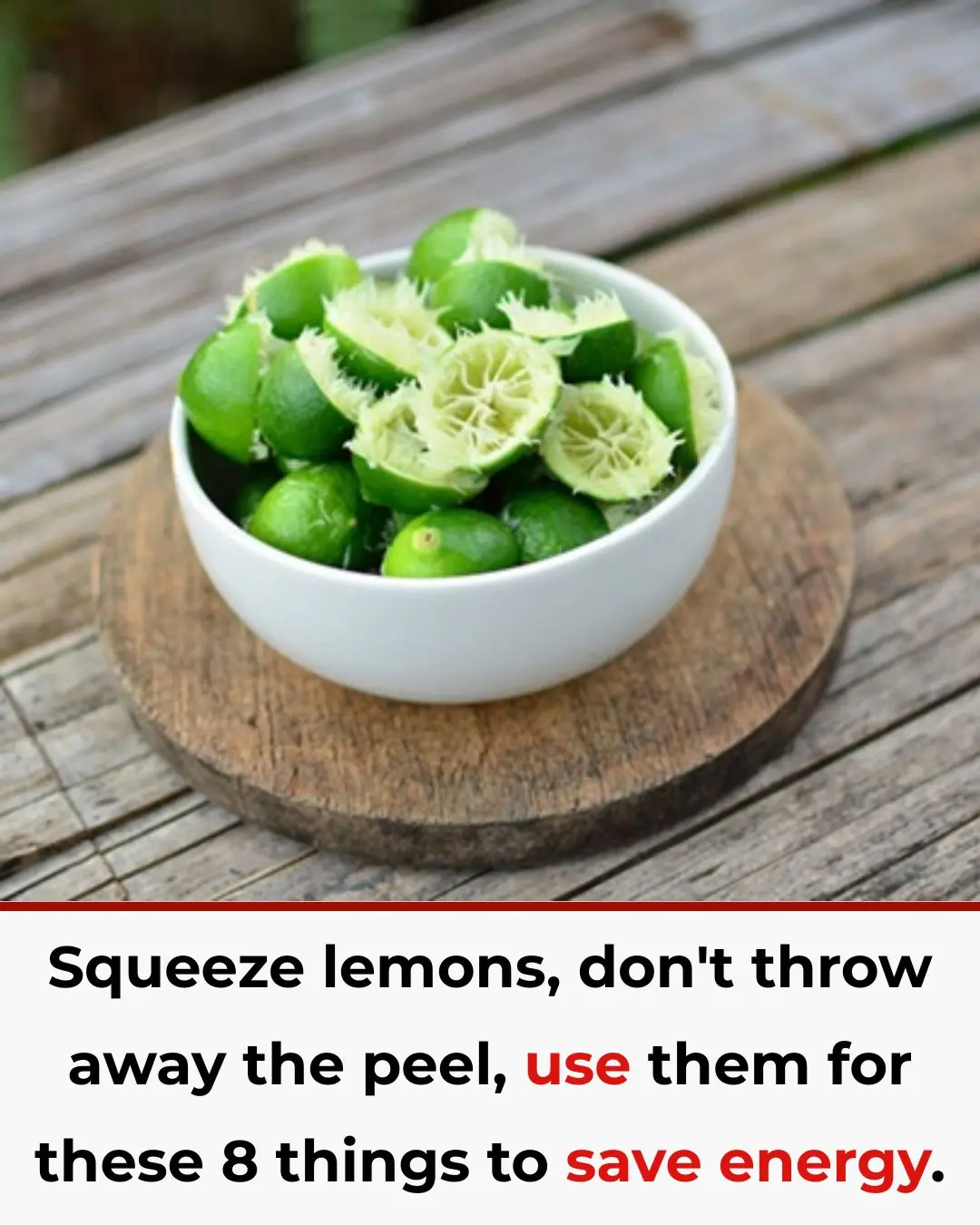
Don’t Throw Away Lemon Peels! Use Them for These 8 Household Tasks and Save a Ton of Money

10 surprising ways to use vinegar around the house

Stop eating these 10 things of CRAP

Mix Banana Peels With This and Leave It in a Corner — Roaches Will Disappear Overnight
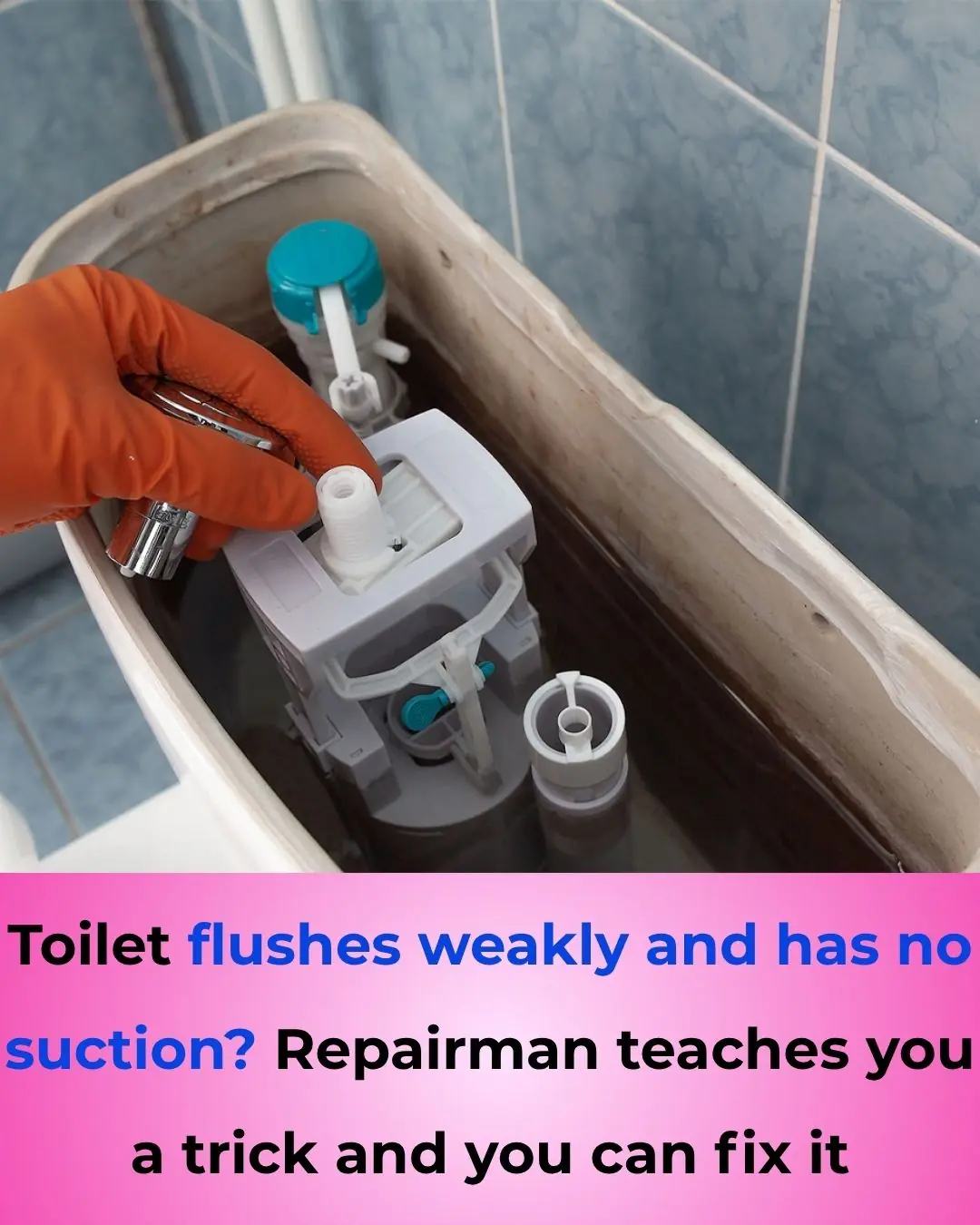
Weak Toilet Flush and No Suction? A Simple Trick From a Professional That Fixes It Instantly

Genius Ways to Store Ginger Without a Refrigerator — Keep It Fresh for an Entire Year

Everyday Habits That Could Be Quietly Ruining Your Home
News Post
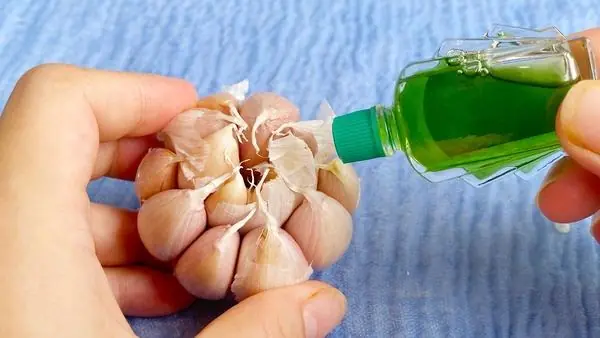
Pouring medicated oil on garlic seems like a strange thing to do, yet it offers surprising benefits that not everyone knows about

Powerful Foods That Help Prevent Clogged Arteries And Keep Your Heart Feeling 20 Again

‘He Needs To Act Like A Professional’: Would Draymond Green Care That A Fan Called Him ‘Angel Reese’ If He Was Still Good?

O.J. Simpson Estate Selling Off Treasures to Pay Goldman $58M—You Won’t Believe What’s Up for Auction
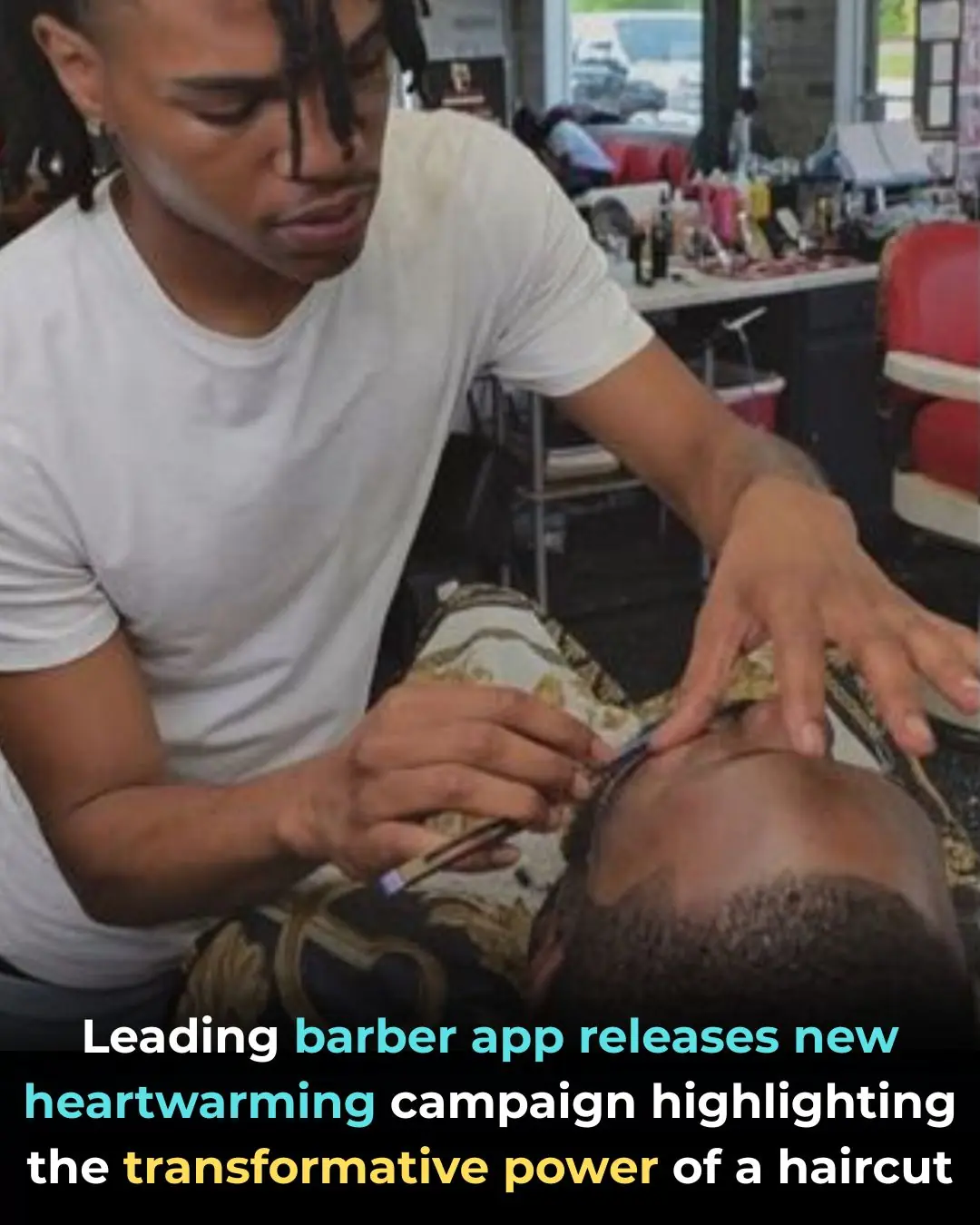
Leading Barber App Releases New Heartwarming Campaign Highlighting the Transformative Power of a Haircut
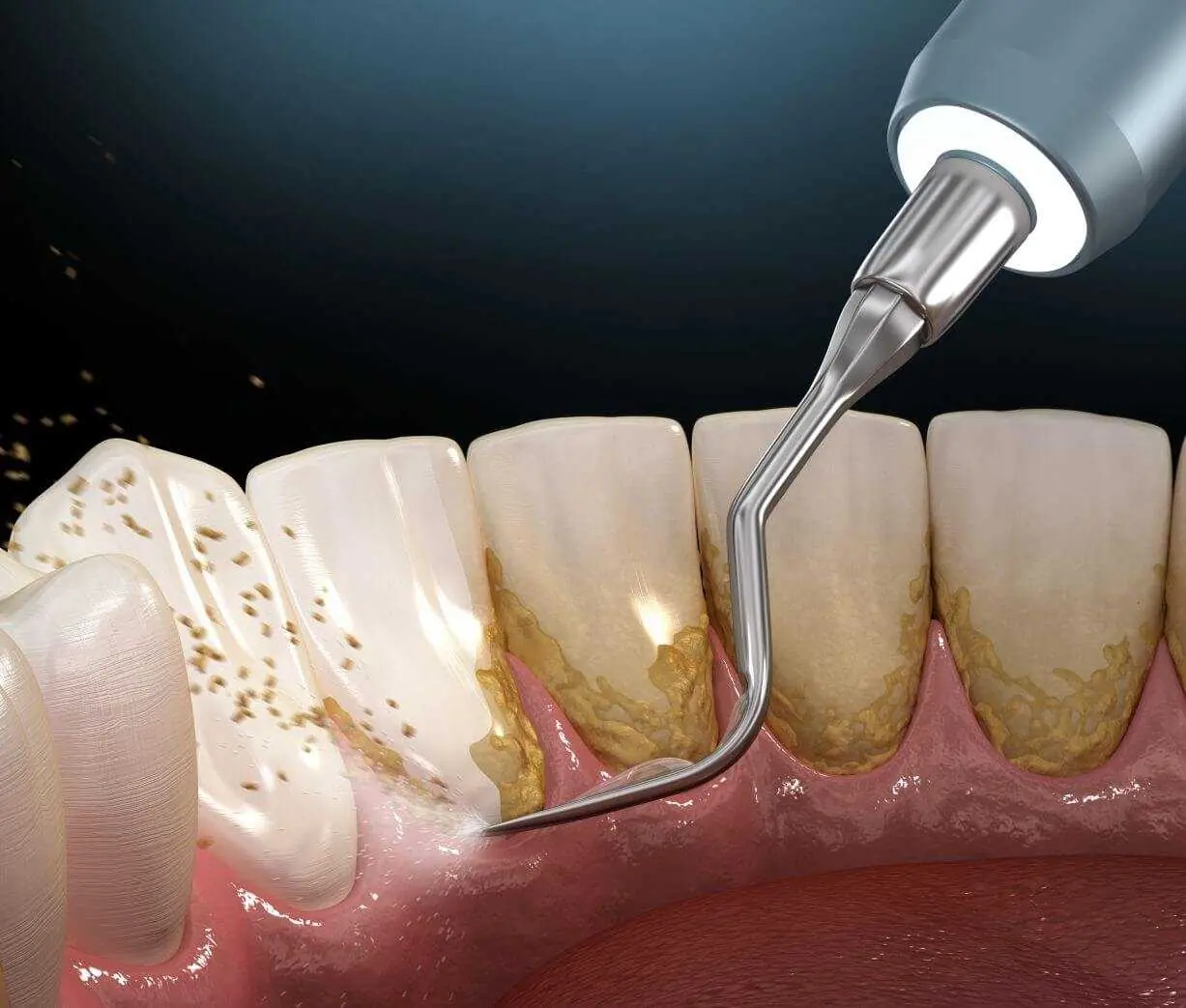
Natural Plaque-Removal Tricks That Actually Work

Philadelphia’s Oldest Black Bookstore From 1950s Officially Granted Historical Marker

How To “Remove” All The Chemicals Out Of Store-Bought Chicken

Deion Sanders Has Generated More Than $90M for the University of Colorado Boulder

I used castor oil for neuropathy – here’s what happened in 30 days!
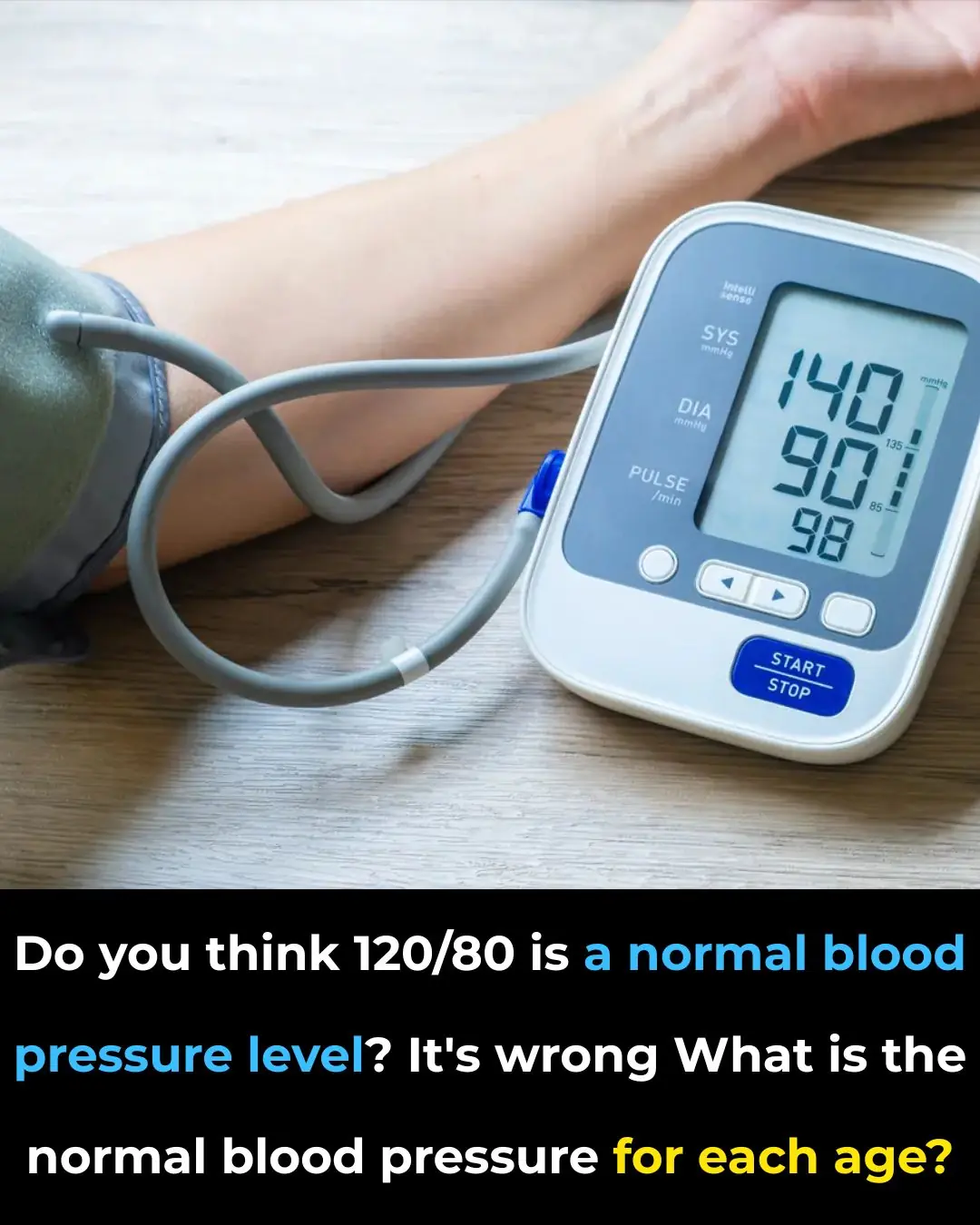
What Is The Normal Blood Pressure For Each Age

Johns Hopkins Welcomes Second Cohort of HBCU STEM Scholars as Part of $150M Commitment

Always Close Your Bedroom Door Before Going to Sleep

Meet The Chicago Florist Using Art Installations To Shine A Light On Blackness

Prince to Be Honored Posthumously With Lifetime Achievement Award at Grammys

What Sydney Sweeney and Tom Cruise talked about during Governor Awards: lip reader

BBC axes Davina McCall's Stranded on Honeymoon Island after just one series

Shona McGarty's ex fiancé breaks silence as she joins I'm A Celeb after split

When choosing a balut egg, just look at one point to know if it is old or young, no fear of buying the wrong one.
